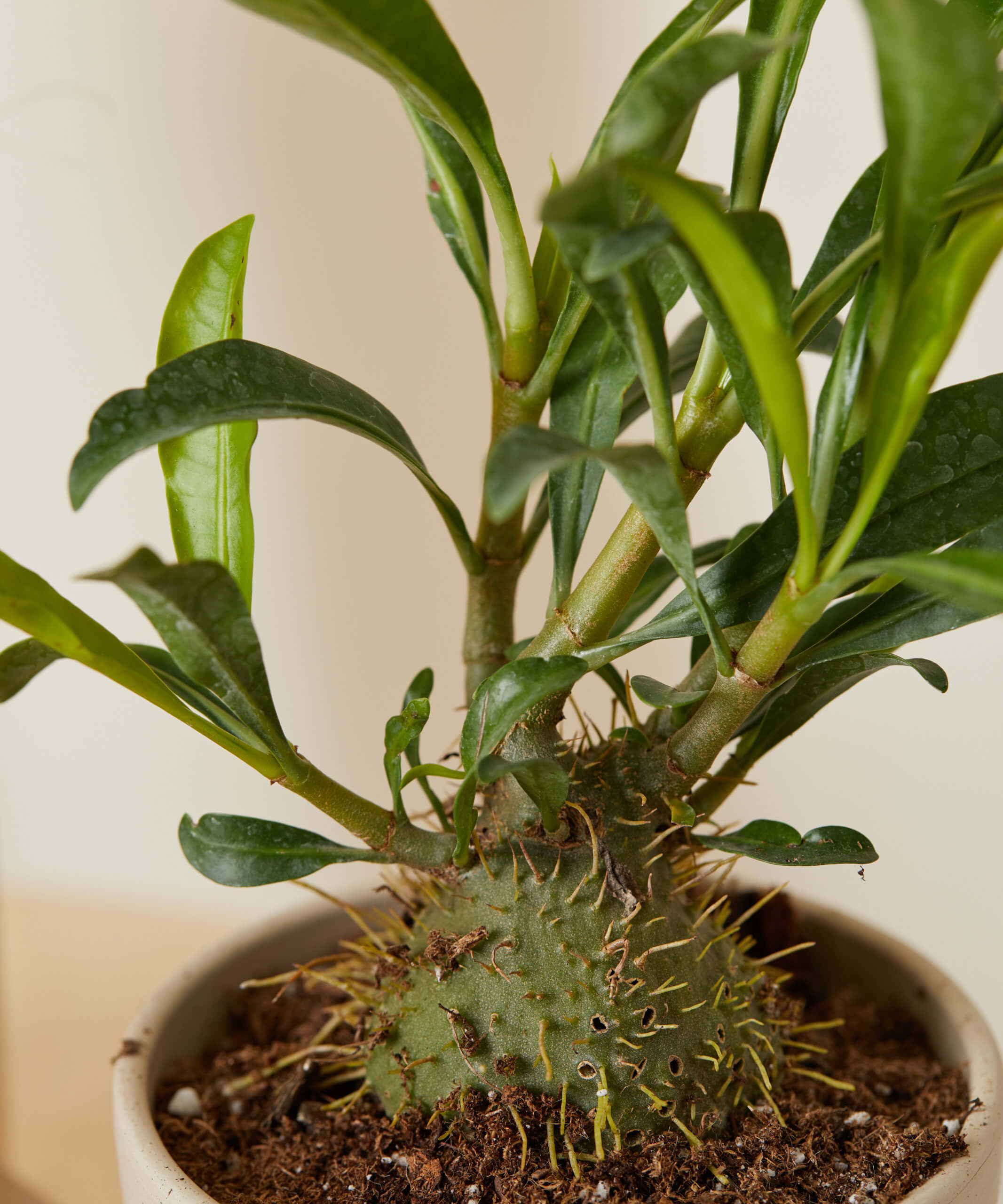Care guide
Ant plants typically prefer bright, indirect light. They can tolerate some shade but should not be kept in deep shade for prolonged periods. Place them near a window with filtered sunlight or provide them with fluorescent grow lights.
Ant plants usually thrive in warm and humid environments. They prefer temperatures between 65°F and 85°F (18°C and 29°C). Keep the humidity levels around 50-60% by misting the plant or placing a humidifier nearby.
Ant plants generally require regular watering to maintain moist soil. However, the exact watering frequency depends on the specific plant species and its habitat. Avoid overwatering, as it can lead to root rot. Allow the top inch (2.5 cm) of soil to dry before watering again.
Ant plants prefer well-draining soil with good water retention capabilities. A mixture of peat moss, perlite, and orchid bark or sphagnum moss can be suitable. Ensure the soil is loose and airy to allow proper root development.
Ant plants generally don't require frequent fertilization. You can apply a diluted, balanced liquid fertilizer once a month during the growing season to provide essential nutrients. Follow the instructions on the fertilizer packaging for proper dilution ratios.
Ant plants require suitable nesting areas to attract and accommodate ants. This can involve providing hollow stems, specialized chambers, or spaces between leaf bases where ants can establish their colonies. Research the specific needs of your ant plant species and mimic their natural nesting conditions.
Ant plants rely on ants for protection against herbivores and pests. The ants will defend the plant by attacking intruders. To encourage ant activity, avoid using pesticides or insecticides that could harm the ants. However, be cautious if the ants become too aggressive or damage the plant, as they may need to be controlled.
Regular pruning helps maintain the shape and health of the ant plant. Remove any dead or damaged foliage and trim back excessive growth. Pruning can also help manage the size of the plant if it becomes too large for its space.
While ants are beneficial to ant plants, other pests may still be attracted to the plant. Monitor your ant plant for common plant pests like aphids, mealybugs, or scale insects. Treat any infestations promptly using organic or insecticidal soaps, neem oil, or other appropriate methods.








 Apply Discount at Checkout
Apply Discount at Checkout 

























































































